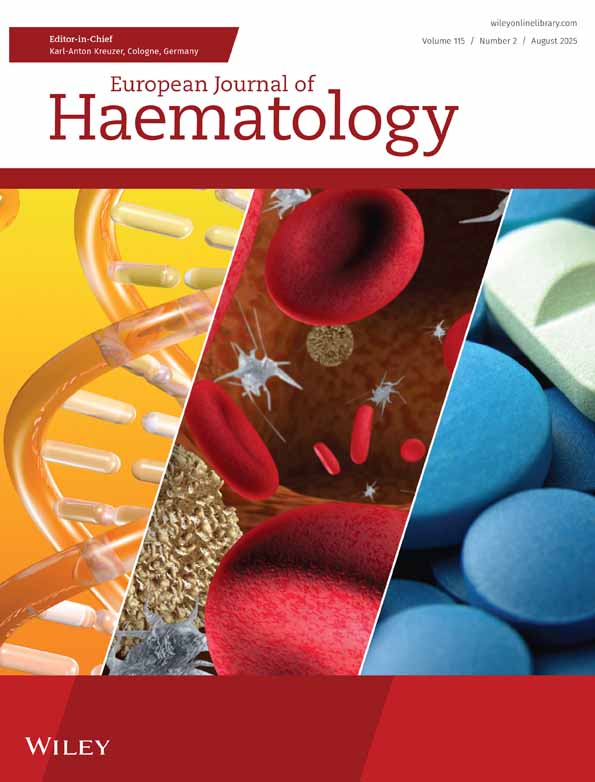Conventional versus reduced-intensity conditioning regimen for allogeneic stem cell transplantation in patients with hematological malignancies
Abstract
Abstract: Background: Allogeneic hematopoietic stem cell transplantation (HSCT) from human leukocyte antigen (HLA)-compatible sibling donors is a potential curative treatment for hematological and non-hematological malignancies. Nevertheless, high mortality rates may be associated with this therapy, especially in older patients, those with other comorbidities or who receive a second HSCT. Patients and methods: We analyzed the factors associated with transplant-related mortality (TRM) and overall survival in 157 consecutive adult patients (104 males and 53 females) who received a HSCT [29 bone marrow (BM) transplantation and 128 peripheral blood (PB) transplantation] from a HLA-identical sibling between January 1995 and March 2002 in our institution. One hundred patients received a standard conditioning prior to HSCT (STAND) and 57 patients received a reduced-intensity conditioning (RIC) HSCT. Fifty-eight patients were in an early phase at transplant and 99 in a non-early phase. Median age was 46 yr (16–66), and 90 patients (57%) were >45 yr of age. Results: Patients in the RIC group were older than those in the STAND group, and had a higher proportion of non-early disease phases including a prior autologous HSCT in 39%. Median follow-up for survivors was 28 and 15 months in the STAND and RIC groups (P < 0,001), respectively. Cumulative incidence of TRM at 2 yr was 30% [95% confidence interval (CI) 22–41%] for the STAND group and 22% (95% CI 13–37%) for the RIC group [non-significant (NS)]. Factors associated with a higher TRM in multivariate analysis were: STAND vs. RIC conditioning regimen [relative risk (RR) 5.4; 95% CI 2.3–12.8; P < 0.001]; age ≥45 yr vs. <45 yr (RR 5; 95% CI 2.4–10.8, P < 0.001); second vs. first HSCT (RR 2.8, 95% CI 1.3–6.3, P = 0.01) and non-T-cell-depleted vs. T-cell-depleted graft (RR 2.7, 95% CI 1.3–5.8, P = 0.009). Overall survival (OS) at 2 yr was 52.5 ± 10.4% for STAND group and 59 ± 16.8% in RIC group. Factors associated with poorer OS in multivariate analysis were: STAND vs. RIC conditioning regimen (RR 3.4, 95% CI 1.7–6.9, P = 0.001); age ≥45 vs <45 yr (RR 2.5, 95% CI 1.4–4.5, P = 0.002) and diagnosis [other than chronic myeloid leukemia (CML) vs. CML] (RR 2.6, 95% CI 1.2–5.7 P = 0.02). Conclusions: Our results indicate that the introduction of RIC allogeneic HSCT for patients at high risk for TRM (advanced age, prior HSCT and non-T-cell depletion) leads to a reduction in the TRM and improvement in the OS.




